Your Cart is Empty
FREE U.S. DOMESTIC SHIPPING ON ORDERS $199+ • 100% MONEY-BACK GUARANTEE • Lifetime Access • No Subscription
FREE U.S. DOMESTIC SHIPPING ON ORDERS $199+ • 100% MONEY-BACK GUARANTEE • Lifetime Access • No Subscription
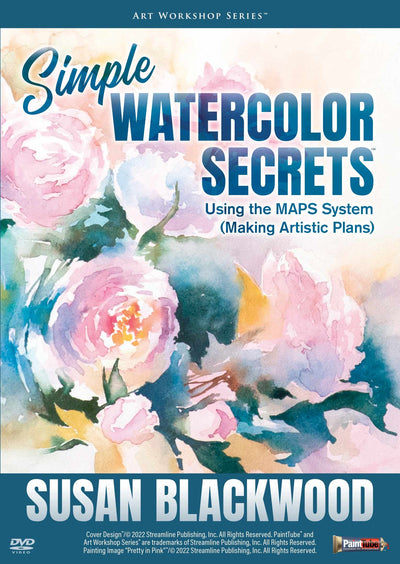
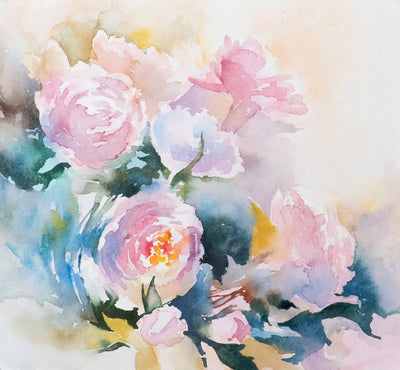
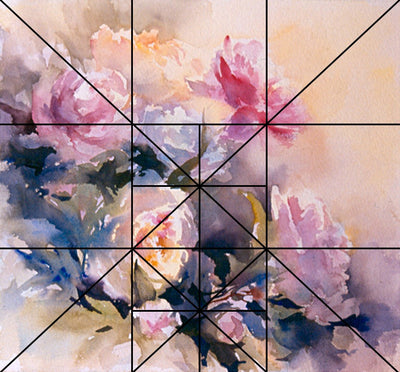
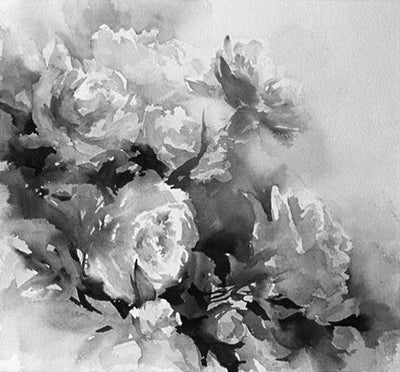
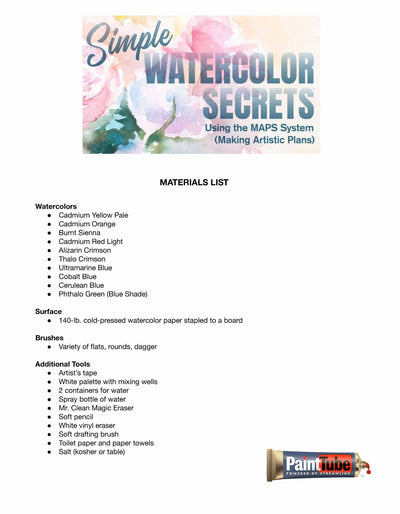
$107.97 
MAPS Leads to Success
In this video course, you’ll learn:
Susan is a Signature Member of the American Watercolor Society and the National Watercolor Society. Her work reflects her extensive worldwide travel. She has painted en plein air (outdoors) in England, Wales, France, Portugal, Spain, Italy, Mexico, and China.
Over 70 of her paintings have been reproduced by several companies and sold all over the U.S.A., Canada, Europe, England, and Australia as limited-edition prints and giclees.
So how does a career like Susan’s happen?
Susan Blackwood began with a burning desire to draw. In fact, in the very early years, the walls of her house became her crayon “canvas.” After that was shut down by her parents, she became a little more creative as she took her pencils and drew behind the curtains. That was only discovered when the curtains came down!
Susan’s parents were both artists. And later in life, when she traced her family tree, she discovered that she has family ties to Rembrandt. So, the love of art and the desire to create art run very deep in her family. This may explain the non-stop focus, passion, and drive to make art.
She has always had an intense level of curiosity. She says her favorite subjects are the ones right in front of her at any given time. Whether in real life or in photos, Susan can find the spark in almost anything she sees.
Take “gobs” of photos
Susan takes pictures all the time. She takes pictures of everything. “For me, it’s more ‘found’ things, like capturing the way a shadow falls from a tree,” she says.
She has specific tips on exactly how to use the camera to get the most interesting pictures (no matter what kind of phone or camera you have). She uses what the camera captures as a major (but not the only) source of inspiration.
Susan Blackwood has every brushstroke planned as she uses her own MAPS system. In this video, she’ll show you how she plans out a painting and how this allows her to move smoothly from nothing to completed painting in a very short amount of time.
The Freedom of Planning
There’s a true feeling of freedom you experience when you have a plan that’s guiding all your actions. This “plan” actually eliminates stress. It lightens your mind. It allows you to just relax and paint.
Because you’re following a real plan, you finish more paintings faster, with less stress and fewer mistakes.
So, what is this plan?
Susan Blackwood has spent nearly her entire career teaching other artists (and learning from them at the same time) how to approach a new painting.
She quickly realized that there was no systematic approach used by everyone. Nearly all students start from different positions. They may have a photo or be painting en plein air. Or they may draw a light grid on their canvas or paint an underpainting of varying levels of detail.
So, she committed herself to doing what those rare great teachers do. She found a way to help.
She created a system. She helped students find their way through a painting. She drew them a map. And that was the starting point for the MAPS system (Making Artistic PlanS).
In the beginning, she felt resistance from some artists to the idea of putting some structure on an act so creative. But in a VERY short time, those same artists became raving fans of her MAPS system.
The increase in speed is not at all because of shortcuts or lower quality. In fact, the paintings created under this system are of much higher quality. They have better design cohesion. They are the kinds of paintings you can build your reputation on.
What kind of MAPS are there?
There are eight core MAPS. Others branch off from there. But here are Susan Blackwood’s eight core maps:
“Creating a painting is using a universal language. If you ‘speak’ the language clearly, anyone, anywhere, in any country will understand it. Using MAPS will give your paintings universal clarity.”
– Susan Blackwood
Following the MAPS:Susan Blackwood shows you each step. She explains the MAPS she uses to create the beautiful demonstration watercolor painting. You’ll see just how easy it is to use MAPS in your own paintings. Soon you’ll be painting faster, more confidently, and with fewer mistakes. The MAPS set you free. You’ll enjoy painting so much more.
The secret behind the MAPS
You might be asking yourself why the MAPS work so well. The reason is they clarify exactly what to do, where to do it, and when to do it.
MAPS are your guidelines that make it obvious when and how to use values, edges, shapes, color, and more. There’s less guessing on these elements, so your mind is set free to be creative in the moment.
It may sound counterintuitive to say these MAPS set you free. But that’s exactly what happens. I promise you’ll feel different when you use this system Susan has created. Her 50-year career is proof that her concepts work.
She has a serious following. Collector demand for her watercolors is at an all-time high.
Susan has won so many awards that it’s hard to count. She’s a force in watercolor, and that doesn’t happen by luck or chance.
She built a system that reliably works for her.
Now she’s sharing it with you in this video.
In Simple Watercolor Secrets, Susan Blackwood will:
Just imagine how much more successful you will be when you begin using MAPS to create your beautiful watercolor paintings. What you’ll learn from Susan will change the way you see the world and the path you follow to create paintings that are packed with emotion.
The MAPS help it all come together:Susan Blackwood will demonstrate exactly how to use MAPS, and you’ll see it all flow together flawlessly. This system allows you the mental space to freely express your emotions through paint.
Chapter Outline
CHAPTER OUTLINE
PAINTING DEMONSTRATION